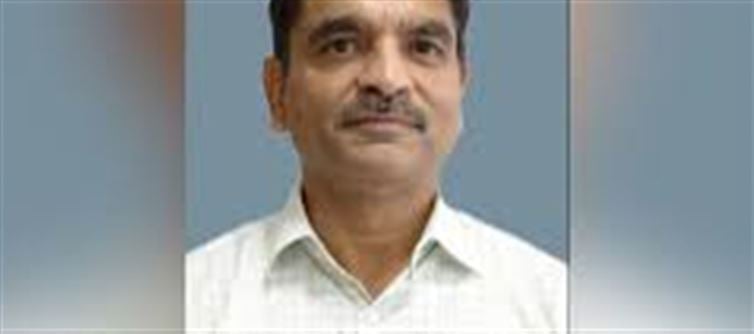
The indian Railways has gained another strong leader at the helm. Rajnish Kumar Goyal, a 1991 batch officer of the Indian Railway service of Electrical Engineers (IRSEE), has officially assumed charge as the Principal Chief Electrical engineer (PCEE) of Western Railway.
With an impressive career spanning more than three decades, Goyal brings with him a blend of technical expertise, visionary leadership, and innovative reforms that have left a lasting mark across different zones of indian Railways.
Here’s a closer look at his journey, contributions, and what this appointment means for Western Railway.
1. A New Role, A New Challenge
As the Principal Chief Electrical engineer of Western Railway, Goyal steps into one of the most crucial positions, overseeing:
- Power management and electrification projects.
- Safety and reliability of electrical systems.
- Modernisation of suburban and long-distance operations.
This leadership role is pivotal at a time when indian Railways is rapidly transitioning towards 100% electrification and green energy goals.
2. Proven Track Record at Central Railway
Before this new assignment, Goyal served as the Chief Electrical service engineer of Central Railway. His work in this role was widely recognised for:
- Ensuring efficient power utilization.
- Upgrading systems for reliability and sustainability.
- Supporting seamless functioning of one of the busiest zones of indian Railways.
3. Pioneer of Open Access Power in Railways
One of Goyal’s landmark contributions is his role in implementing Open Access for power procurement across indian Railways.
- This reform enabled railways to source cheaper electricity directly from the power market.
- The move has resulted in savings of over ₹30,000 crore in the past 10 years.
This achievement alone has cemented his reputation as a cost-cutting innovator and reformist engineer.
4. Leadership as DRM, mumbai Division
As Divisional Railway Manager (DRM) of mumbai Division, Central Railway, Goyal handled one of the largest and most complex railway divisions in India. His tenure is remembered for:
- Decongesting platforms to improve passenger flow.
- Initiating measures that significantly reduced casualties on tracks.
- Introducing operational changes that allowed suburban train services to continue even during flooding—a major challenge for mumbai locals.
These measures improved both safety and reliability, directly benefiting millions of daily commuters.
5. Strong Academic Foundation
Goyal’s academic journey is as impressive as his career milestones.
- He graduated in Electrical Engineering with Honours.
- He went on to complete a Master’s in Power Electronics, Electrical Machines and Drives from IIT Delhi.
This technical foundation has equipped him to handle modernisation, energy efficiency, and sustainable operations in indian Railways.
6. Driving Innovation Across the Network
From flood-proofing suburban train operations to electrification reforms, Goyal has consistently focused on innovative problem-solving. His initiatives showcase:
- A balance between passenger convenience and operational efficiency.
- Use of modern technology to tackle age-old challenges.
- Long-term strategies for cost savings and environmental sustainability.
7. What This Means for Western Railway
With Goyal at the helm as PCEE, Western Railway can expect:
- Accelerated electrification projects.
- Enhanced focus on green and renewable energy adoption.
- Improved safety protocols and reliability of electrical systems.
- Passenger-centric innovations to make suburban and long-distance travel smoother.
Final Takeaway
Rajnish Kumar Goyal’s appointment as the Principal Chief Electrical engineer of Western Railway is not just a routine leadership change—it’s a signal of the Railways’ intent to push forward with reforms, innovation, and sustainability.
From pioneering Open Access reforms that saved billions to making mumbai locals safer and more reliable, Goyal’s career is a story of visionary leadership and transformative impact.
Western Railway, under his expertise, is poised to achieve new milestones in electrification, efficiency, and commuter convenience.
Disclaimer:
The views and opinions expressed in this article are those of the author and do not necessarily reflect the official policy or position of any agency, organization, employer, or company. All information provided is for general informational purposes only. While every effort has been made to ensure accuracy, we make no representations or warranties of any kind, express or implied, about the completeness, reliability, or suitability of the information contained herein. Readers are advised to verify facts and seek professional advice where necessary. Any reliance placed on such information is strictly at the reader’s own risk.
.jpg)




 click and follow Indiaherald WhatsApp channel
click and follow Indiaherald WhatsApp channel